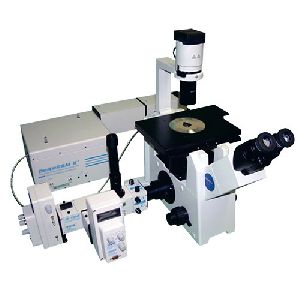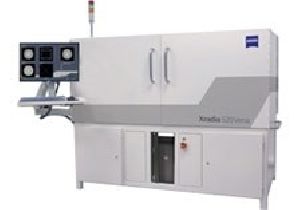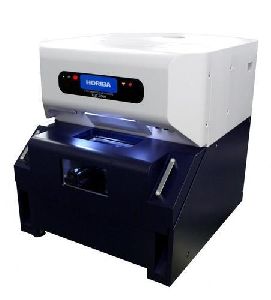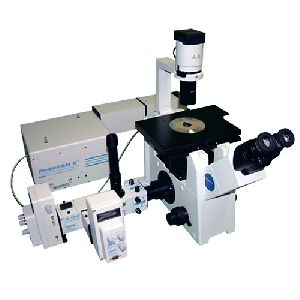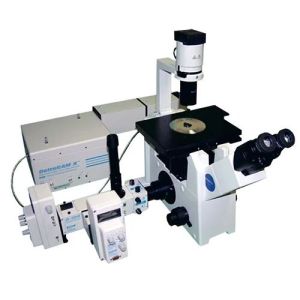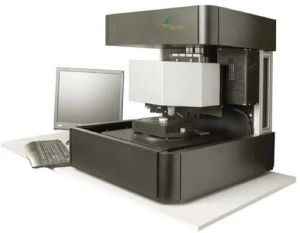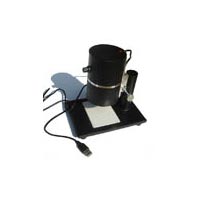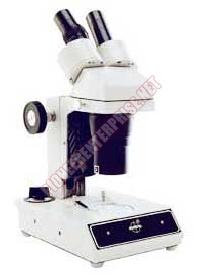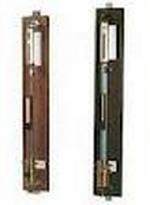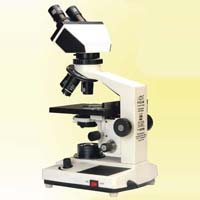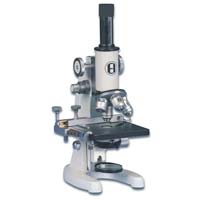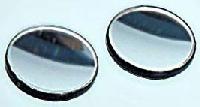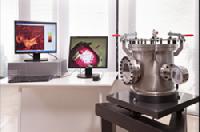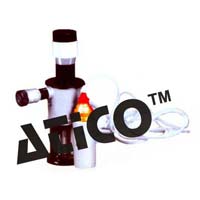Listing ID #3616812
Company Information
Ask for more detail from the seller
Contact SupplierWe are here to guide our clients with the secure payment procedures. With us, the customers get convenience to pay through both online and offline payment methods We use premium-packaging materials to safeguard our products from mechanical and environmental conditions. For our patrons, we offer customized packaging solutions as well.
Explore at the speed of science : Achieve spatial resolution down to 50 nm with ZEISS Xradia 810 Ultra X-ray microscope, the highest among lab-based X-ray imaging systems. Experience unparalleled performance and flexibility with the non-destructive 3D imaging that plays a vital role in today’s breakthrough research. The innovative Xradia Ultra architecture, with unique X-ray optics adapted from synchrotron technology, features absorption and phase contrast. Now with energy at 5.4 keV you can increase the throughput of your nanoscale imaging by up to a factor of 10. Achieve even better contrast and image quality for medium to low Z samples with the lower energy of Xradia 810 Ultra. Expect to accomplish advanced in situ and 4D capabilities for studying structural evolution over time and under varying conditions. Extend the limits of exploration with 3D X-ray imaging for materials research, life sciences, natural resources, and diverse industrial applications.
Highest resolution, even higher contrast, faster : ZEISS solutions deliver the world’s only non-destructive 3D X-ray imaging with resolution down to 50 nm in a laboratory instrument. Along with both absorption and Zernike phase contrast, ZEISS Xradia 810 Ultra employs advanced optics adapted from the synchrotron to deliver industry-best resolution and contrast for your research. This innovative instrument enables breakthrough research by adding a critical, non-destructive step to your traditional imaging workflow.
By delivering higher contrast for your studies at 5.4 keV, Xradia 810 Ultra makes high-resolution X-ray imaging viable for a variety of difficult-to-image materials. Optimize your imaging with absorption and phase contrast for a diverse range of materials such as polymers, oxides, composites, fuel cells, geological samples and biological materials. Having pioneered nanoscale X-ray imaging at synchrotrons and prominent lab facilities worldwide, ZEISS XRM deliver ground¬breaking solutions to help put your studies at the forefront of research.
By making nanoscale X-ray imaging an order of magnitude faster, Xradia 810 Ultra optimizes the business case for XRM, whether your work is for science or industry. For central microscopy labs, a faster workflow translates into the ability to allow more users to leverage the instrument in less time, which in turn extends XRM to a broader base of subscribers. Similarly, you can quickly perform and repeat 4D and in situ studies of internal structures, making these techniques viable for many more applications. And if your applications are very targeted, such as digital rock physics used to explore feasibility of oil and gas extraction, Xradia 810 Ultra delivers measurements you can use to characterize critical parameters such as porosity within a matter of hours.
Benefits :
Applications
Understand nanostructural changes in 3D under load : ZEISS Xradia Ultra Load Stage uniquely enables in situ nanomechanical testing - compression, tension, indentation - with non-destructive 3D imaging. Study the evolution of interior structures in 3D, under load, down to 50 nm resolution. Understand how deformation events and failure relate to local nanoscale features. Complement existing mechanical testing methods to gain insight into behavior across multiple length scales.
Highlights
How it works : ZEISS Xradia Ultra Load Stage can be easily configured by the user. It comprises a piezomechanical actuator with closed loop position control, a strain gauge force sensor and sets of top and bottom anvils that enable the various modes. The sample is mounted between two anvils and a sensor measures the force on the sample as a function of anvil displacement.
Key applications : In situ nanomechanical testing is relevant for a broad range of applications covering both engineered and natural materials.
Examples include:


